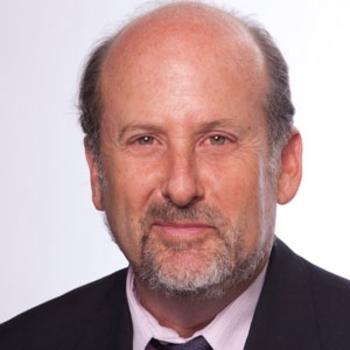Current Research and Scholarly Interests
A long-standing interest is to understand the cellular and molecular basis for this vulnerability of the human neonate to infection with intracellular pathogens that require T helper 1 (Th1) cells [CD4 T cell producing interferon-gamma (IFN-gamma)] for effective immune control. We have previously shown that CD4 T cells of the newborn have a unique limitation in the ability to produce certain effector molecules, such as CD40-ligand (CD154) and IFN-gamma compared to these cells in adults due to both reduced gene transcriptional and impaired signals that lead to gene transcription. Recently, we have shown that these limitations apply to physiological T-cell activation, e.g., using allogeneic dendritic cells. Defining the molecular mechanisms for decreased IFN-gamma production by neonatal CD4 T cells is a current focus.
We have also found that recent thymic emigrants, which predominate in the newborn and young infant, are less able to differentiate into T helper 1 cells, which produce IFN-gamma. These studies required the development of a novel marker for recent thymic emigrants (RTEs) of the CD4 T-cell lineage in humans. Using a combination of approaches, we have identified protein tyrosine kinase 7 (PTK7) as such a marker. In progress are to studies to define the role of PTK7, an orphan member (no known ligand) of the receptor tyrosine kinase family, in T-cell development and immunity, and to determine how this marker can be used to follow the output of recent thymic emigrants in health and disease. We are also interesed in determining the molecular mechanisms for the reduced RTE function and to what extent these mechanisms are shared by neonatal CD4 T cells and CD4+CD8-CD3+ thymocytes, the immediate precursors of antigenically naive CD4 T cells.
We have also found that limitations in T-cell immunogenicity to viruses and viral vaccines extend beyond the neonatal period to childhood. These studies highlight a need to develop more potent vaccines to overcome developmental and other factors, such as genetic inheritance, in mounting adaptive immunity. With this as an ultimate goal, we have previously examined the ability of a novel adjuvant, cationic liposome DNA complexes (CLDC)(Juvaris Biotherapeutics), to induce durable CD4 and CD8 T-cell immunity and humoral immunity to influenza A. The molecular and cellular components of the innate immune system that are required for immunogenicity are of particular interest. We are currently embarking on studies of vaccine immunity using novel influenza A virus antigens produced by our collaborators at Sutrovax. We are also beginning studies to determine if universal anti-influenza A viral protection can be achieved using catalytically inactive Cas proteins combined with appropriate guide RNAs. This work is being carried out in collaboration with Stanley Qi's laboratory at Stanford.
As part of an on-going collaboration with Dr. Neal Boerkoel, University of British Columbia, we are defining the mechanism of T-cell lymphopenia in genetic deficiency of SMARCAL1, a protein that plays a novel role in relieving stalled DNA replication forks. Patients with SMARCAL1 deficiency (Schimke immuno-osseous dysplasia) suffer from not only T-cell immunodeficiency but also progressive renal dysfunction due to collapsing variant focal glomerulosclerosis, short stature due to growth place abnormalities, and vascular disease, with an increased risk of TIAs and strokes. How a block in DNA repair selective influences these disease programs is unclear and is a major current focus of research. This research is being supported in part by funds from the Kruzn' for a Kure Foundation, a philanthropic foundation that was started by parents of two children with SIOD.


